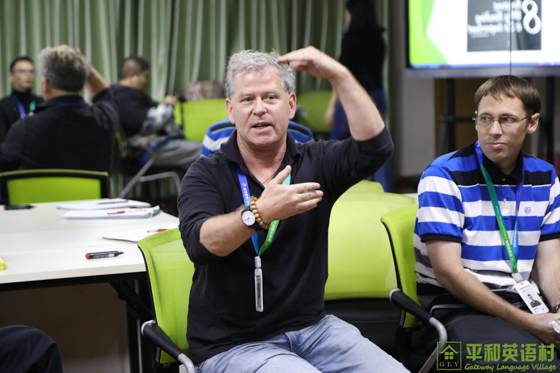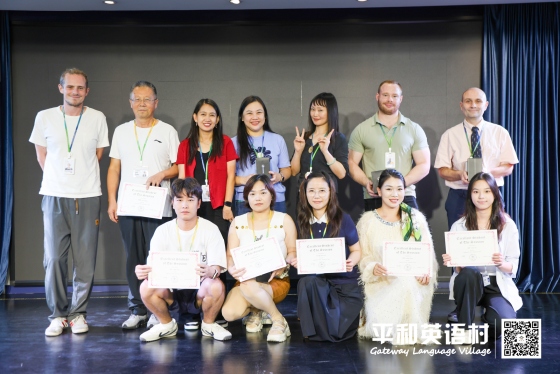零基础英语干货:实义动词助动词解析
时间:2019-10-19 11:38:58 来源:平和英语村 作者:平和英语村

零基础英语可能有点分不清实义动词和助动词,接下来小编整理了英语中实义动词和助动词解析,大家认真学习哦。实义动词和助动词是根据动词在句子中的含义和作用来划分的。实义动词也叫行为动词。
实义动词
指的是那些意义完全且能够独立作谓语的动词。如:He lives quite near. (live“住”,有明确的意义,单独作谓语,为实义动词。)I like reading. (like “喜欢”,意思明确,单独作谓语,为实义动词。)I bought a pen yesterday. (bought “买”,意义明确,单独作谓语,为实义动词。)
助动词
助动词的“助”是“帮助”之意。因此,助动词是指那些用来帮助构成时态、语态、虚拟语气、疑问句、否定句、倒装句和帮助强调的词。这些词本身无词汇意义或意义不完全,不能单独作谓语。
A. 帮助构成时态的:The boy is crying. (is 用来帮助构成现在进行时,和crying一起作谓语,是助动词。)He has arrived. (has用来帮助构成现在完成时,和arrived一起作谓语,是助动词。)I have been painting all day. (have been用来帮助构成现在完成进行时,和painting一起作谓语,都是助动词。)
B. 帮助构成否定句和疑问句的:Does he like English? (does帮助构成一般疑问句,没有具体意义,是助动词。)He doesn’t have lunch at home. (does只是帮助构成否定句,没有具体意义,是助动词。)
C. 帮助构成被动语态的Trees are planted in spring. (are帮助构成被动语态,没有具体意义,是助动词。)The house has been pulled down. (has been帮助构成时态和语态,是助动词。)
D. 帮助构成虚拟语气If he had come yesterday, I wouldn’t have made such a mistake.(had, have帮助构成虚拟语气,是助动词,属于谓语的一部分。)
E. 帮助构成倒装句的So much did he love his mother that he bought her many presents on her birthday.(他如此爱他的母亲以至于他母亲生日那一天,他给她买了许多礼物。did只是帮助构成倒装句,没有具体意义,是助动词。)
F. 帮助构成强调意义的He did come yesterday. (他昨天确实来过。did起强调作用,没有具体意义,是助动词。)
因此可以看出,常见的助动词为do, be, have,它们为基本助动词。一个词既可以作实义动词也可以作助动词,具体是哪一种,主要看它们在句中的功能。
① He did his homework at seven o’clock. (did单独作谓语,意为“做”,是实义动词。)Did he do his homework yesterday? (did是助动词,帮助构成一般疑问句,do是实义动词,意为“做”,是实义动词。)
② He has had breakfast. (has是助动词,帮助构成现在完成时,had是实义动词,意为“吃”。has had一起构成了句子的谓语。)
更多英语资讯请点击链接,还有相关英语课程咨询:www.pinghe.com/wl/index_brand.html
本文链接:https://www.pinghe.com/english_learning/pie/7932.html
更多内容
- 零基础英语听力技巧,这里有方法总结!2019-10-19
- 零基础英语短语干货,英语学习需要全收藏!2019-10-18
- 零基础英语句型,学英语必须掌握2019-10-18
- 零基础关于早餐的英语对话,附上句子解析!2019-10-17
- 零基础英语实用机场对话,有需要的小伙伴可以收藏2019-10-17
马上评估您的学习费用

学英语目的
可支配学习时长
推荐资讯

离开课仅剩天


 全部课程
全部课程

















 粤ICP备11066329号-2
粤ICP备11066329号-2
 粤公网安备 44040202000471号
粤公网安备 44040202000471号
